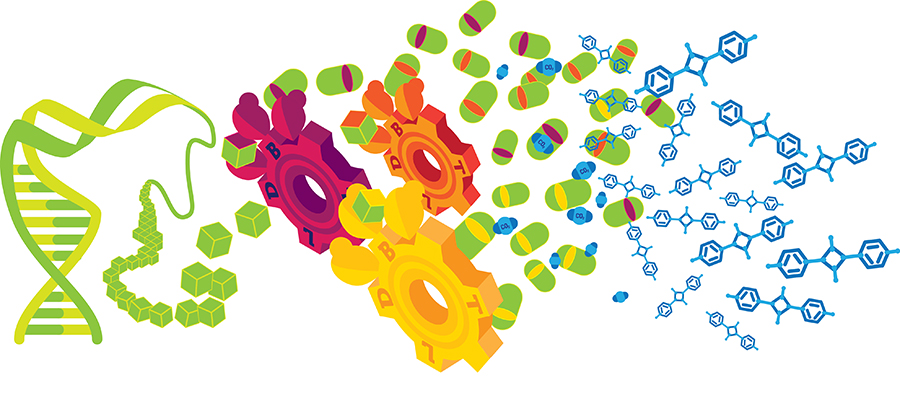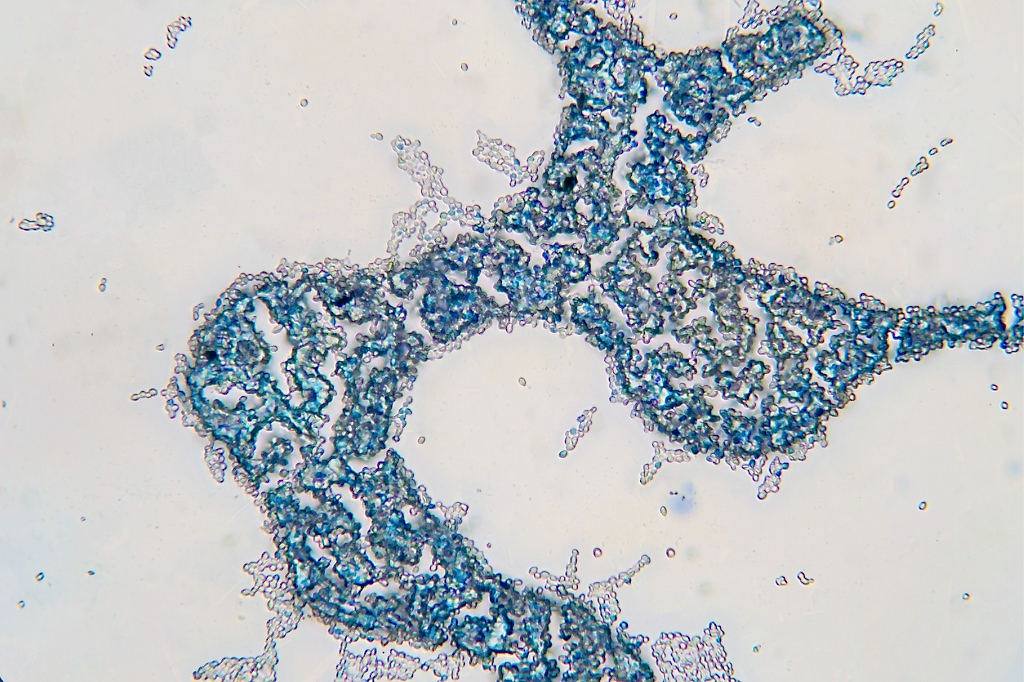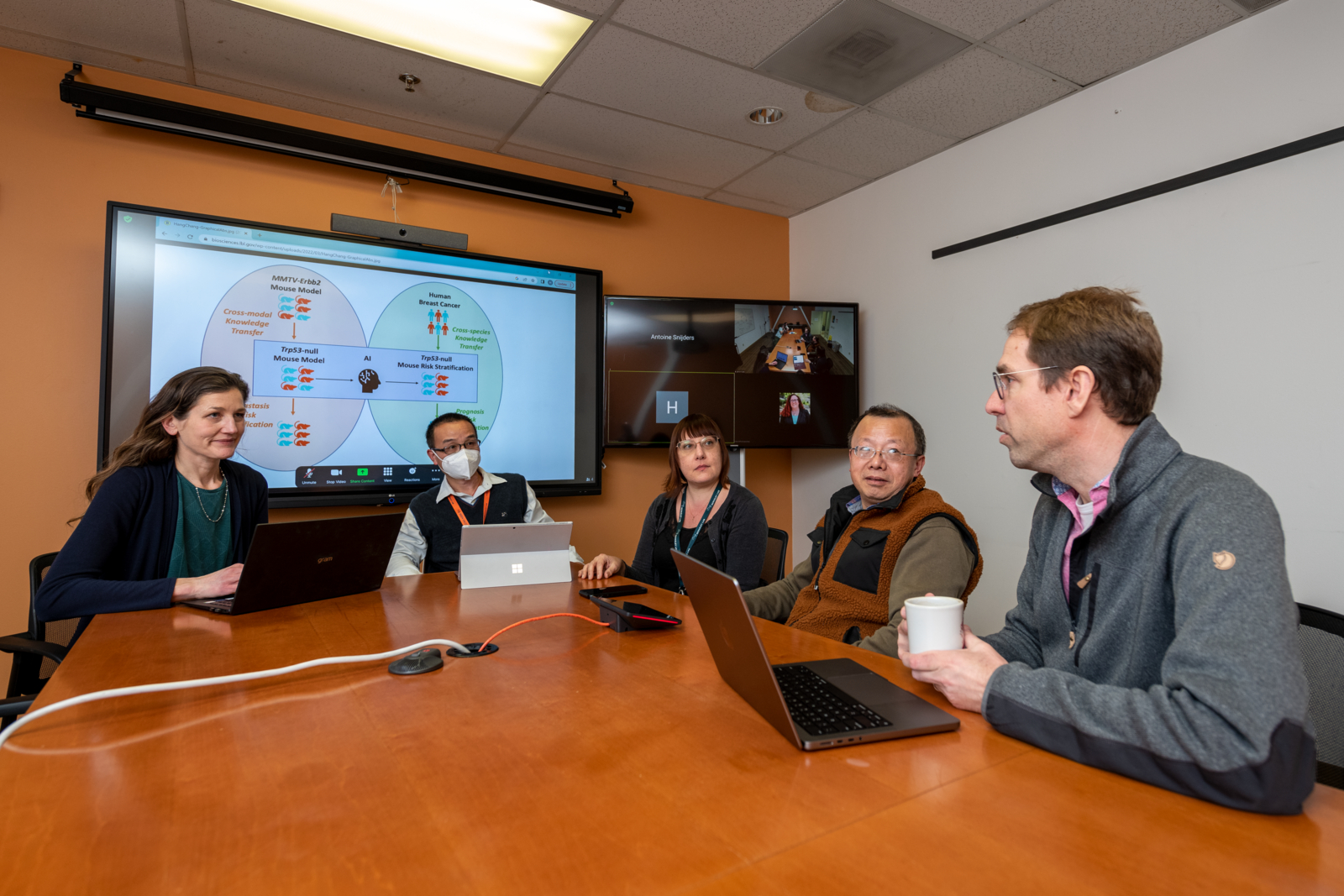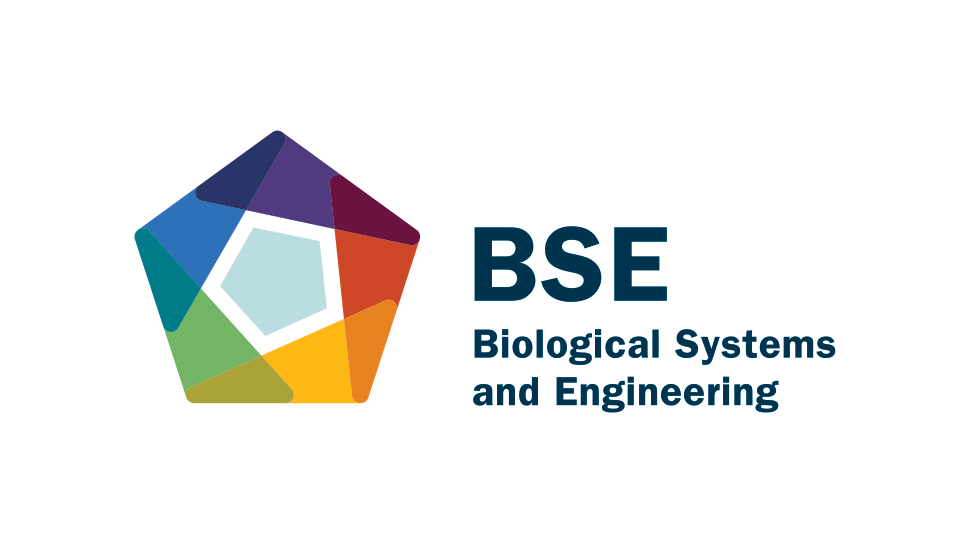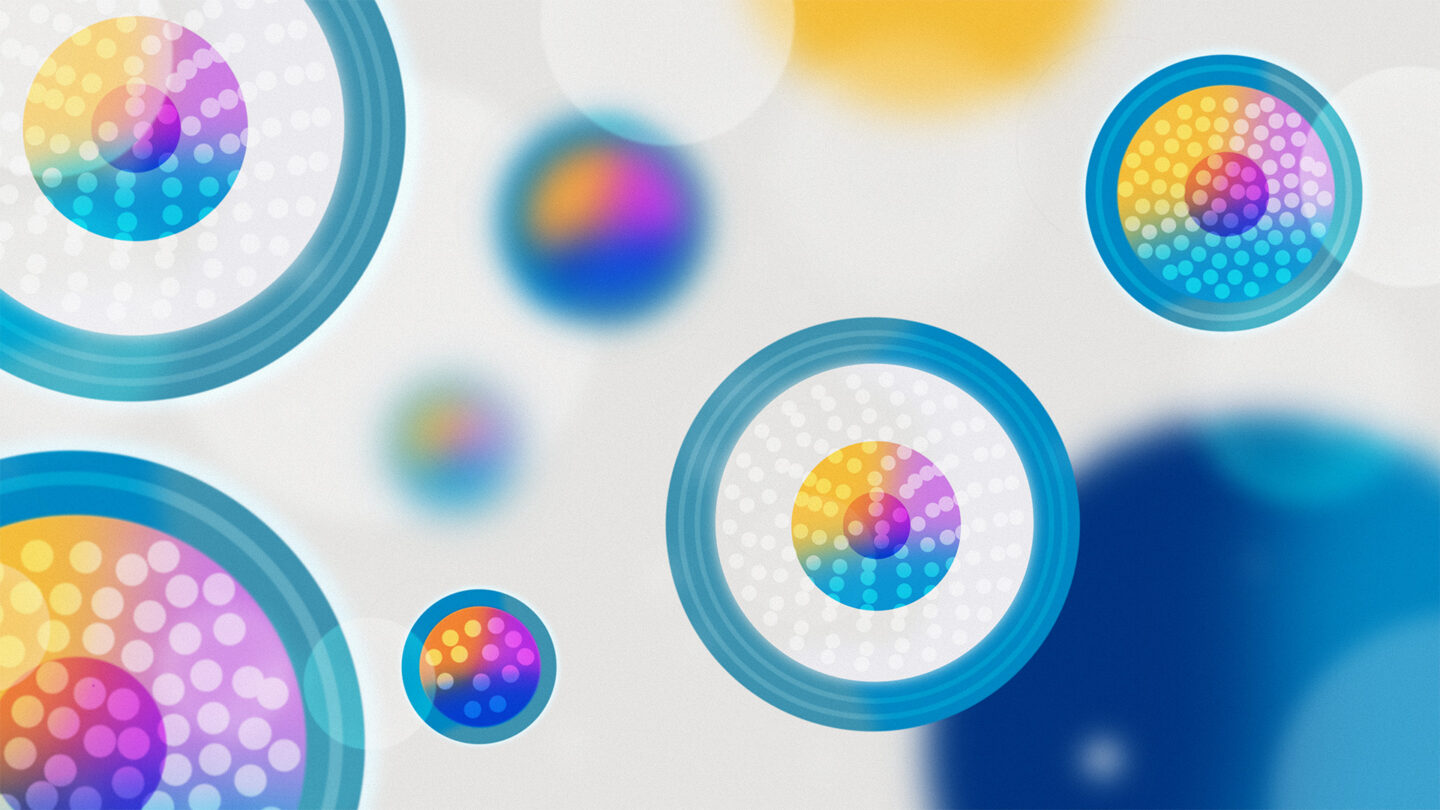
some more text
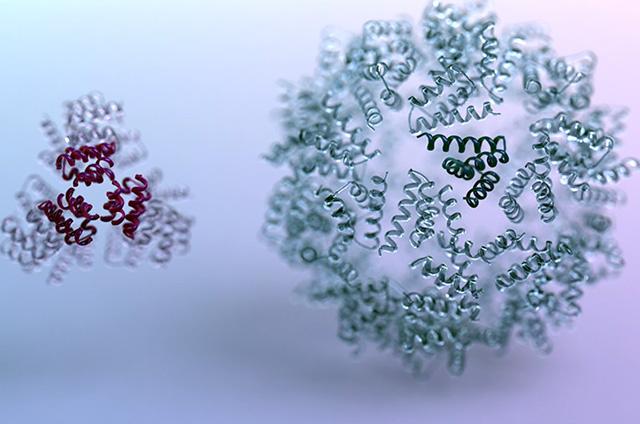
some more text

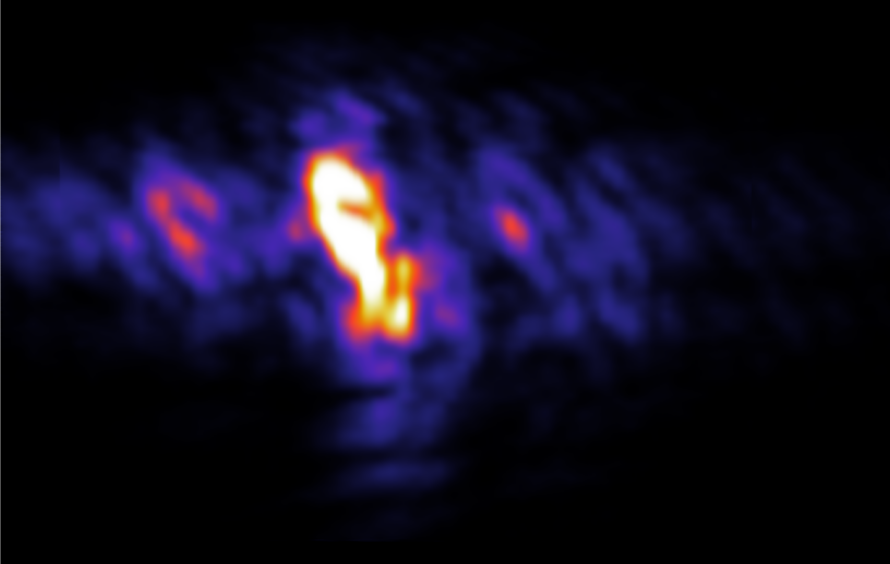
-
A Common Data Format for Neurophysiology
A Berkeley Lab team developed a novel software architecture called Neurodata Without Borders (NWB) to serve as a standardized language for neurophysiology data and data-descriptors. The resulting data is findable, accessible, interoperable, and reusable (FAIR), and enables neuroscientists to effectively describe and communicate about their experiments and share data.
Read the article -
Bioscientists to Receive DOE Funding for Biomanufacturing and Microbiome Research
Biosciences researchers are among the recipients of four new DOE awards. Two awards will focus on reducing carbon emissions while producing bioenergy. The other two are aimed at understanding the role of microbiomes in the biogeochemical cycling of elements like carbon.
Read the article -
Biomanufacturing Increases Available Supply of Anti-cancer Drug
The supply of a plant-derived anti-cancer drug can finally meet global demand after a team of scientists from Denmark and the U.S. engineered yeast to produce the precursor molecules, which could previously only be obtained in trace concentrations in the native plant. A study describing the breakthrough was recently published in Nature. The international team included four researchers from the Biological Systems and Engineering Division: Leanne Jade G. Chan, Edward Baidoo, Christopher J. Petzold, and Jay D. Keasling.
Read the article -
Thirdhand Smoke Harms the Body More Than We Ever Realized
A new study found that concentrations of toxic chemicals lingering indoors where cigarettes have been smoked can exceed risk guidelines from the State of California. This means that non-smokers can be exposed to health risks by living in contaminated spaces.
Read the article -
Advancing Cancer Research with Artificial Intelligence
BSE Researchers published two studies that use AI to advance their science to better understand the risks and outcomes of cancer in human health.
Read the article


